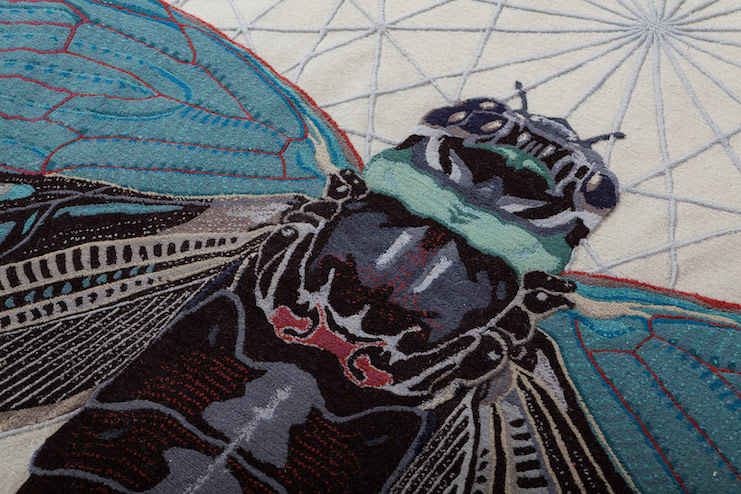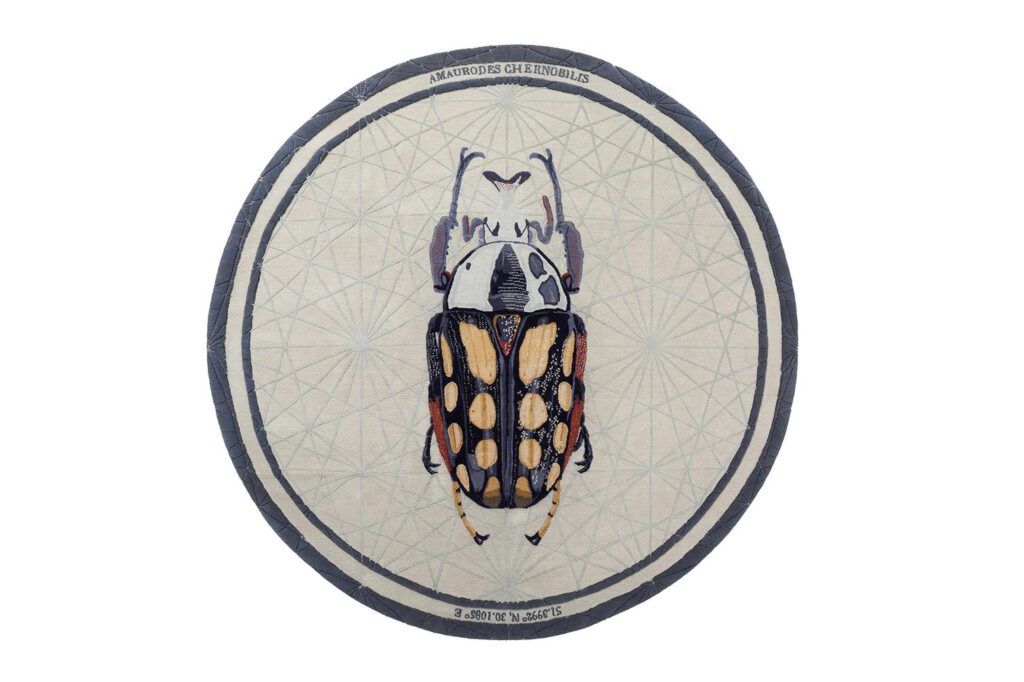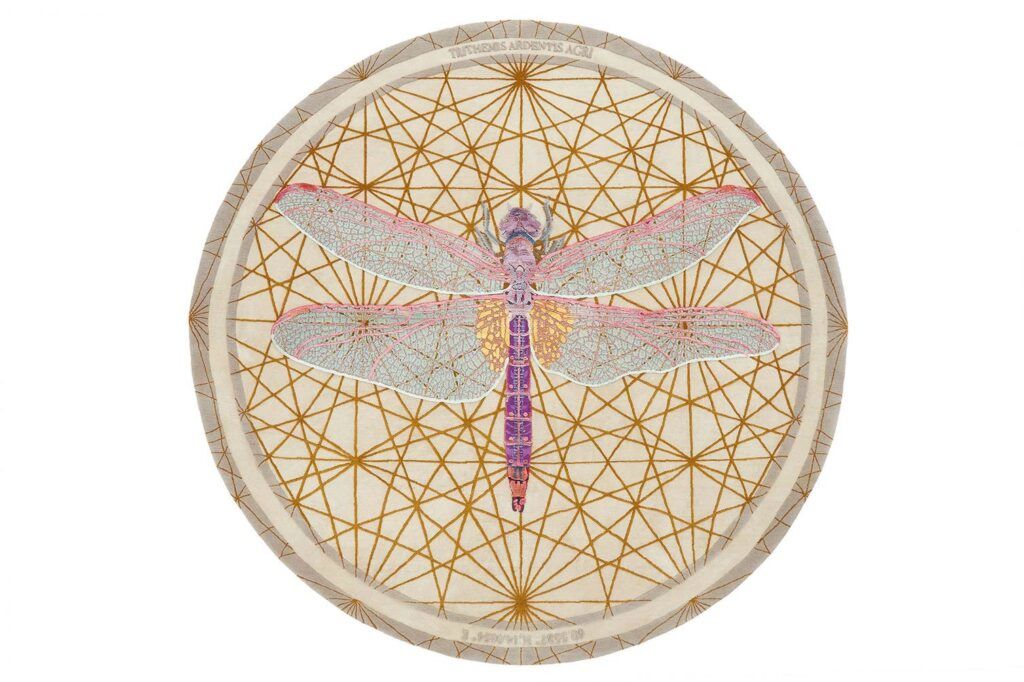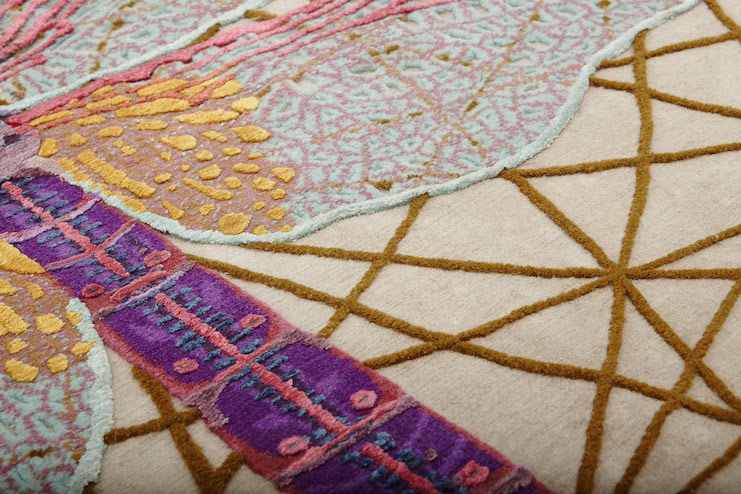Imaginary Nuclear Mutated Insects As Rugs

The beauty of nature and all of its creatures is widely celebrated, but there is also something to be said for the odd beauty of imperfection. Lanzavecchia + Wai‘s series of Mutazoni (“Mutations”) rugs depict two fictitious insects that, in the minds of the designers, were distorted and deformed by the actions of mankind.

The first invented species is called Tacua Fukushimae, imagined to have been created by the Fukushima disaster. It’s a strangely lovely cicada with uneven eyes and a number of other deformities. While natural insects display a large amount of symmetry, the insects in this unique series are more like a “spot the difference” game between the two halves of each insect.

This beetle is called Amaurodes Chernobilis, a bug imagined to have been the result of the Chernobyl nuclear disaster. Like the cicada, the beetle is deformed by its unfortunate past. The imagined insects may not be perfect, but they are adorably quirky and the rugs look so soft that we wouldn’t mind having bugs on the floor.


“Invisible. Scentless. Going through walls and into us, animals and plants and affecting all life on a cellular level. We are bombarded by it from the cosmos, the earth itself and activities in everyday life, but radiation, sometimes caricatured in science-fiction and popular entertainment, has very real ramifications to our biology and ecology. This has been brought to the fore of the world’s attention through the atomic bombing that ended World War II, nuclear disasters in Chernobyl and Fukushima in very recent history.”
“The fear of nuclear energy is matched by only our awe and growing dependence on it. Lanzavecchia + Wai, deeply fascinated by historical entomological illustrations and triggered by the effects of radiation on living beings, designed the MUTAZIONI carpets for high design rug company NODUS. The carpets present the top-down view of two fictitious insects Amaurodes Chernobilis and Tacua Fukushimae, resembling a mounted insect specimen.”




